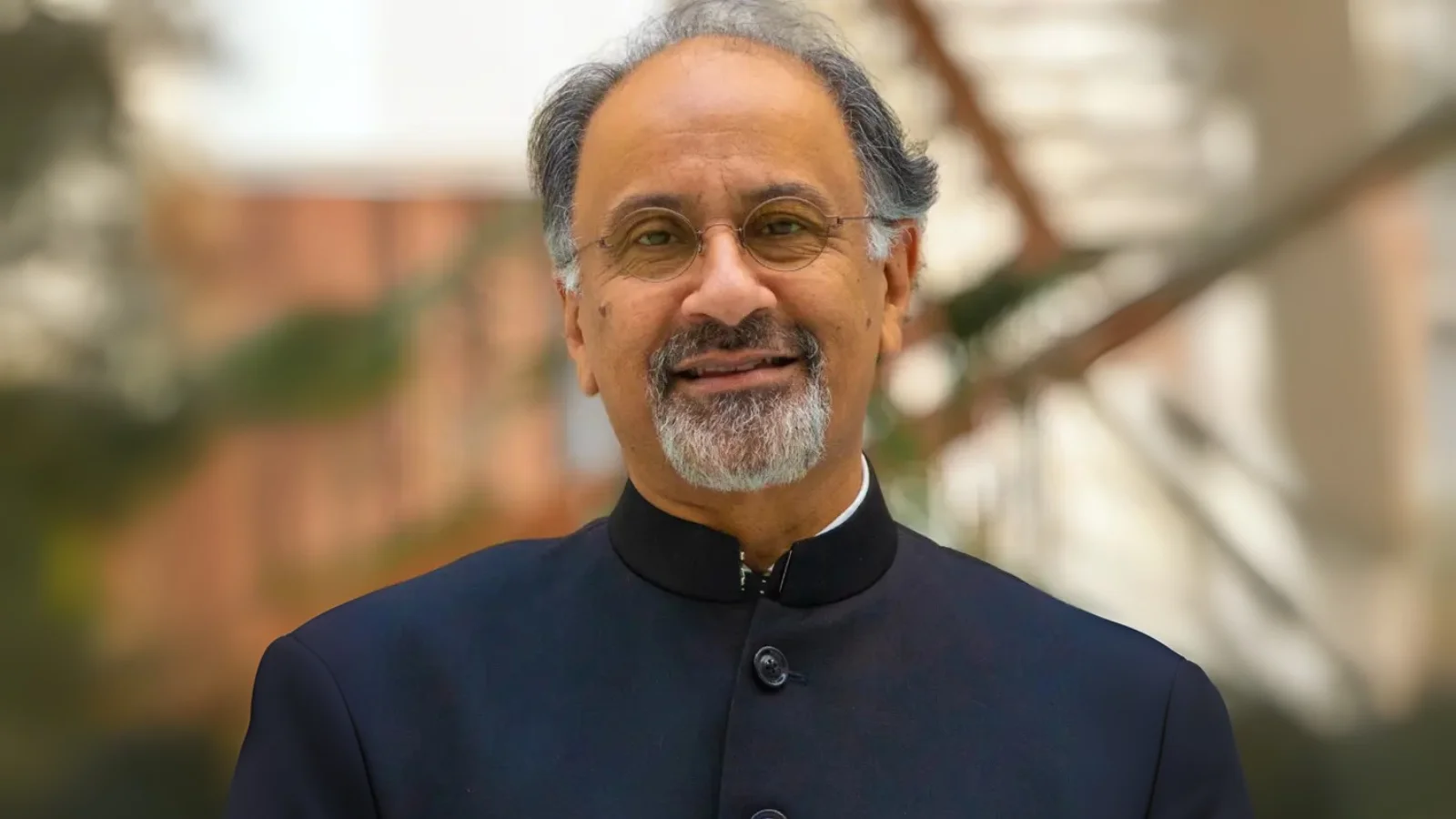Poverty continues to affect a significant portion of the population in Central America and the Dominican Republic, despite some progress in recent years. According to recent data, one in three people in the region lives on less than $8.30 per day (2021 PPP), which is a higher rate than the Latin American average of one in four.
The distribution of poverty varies widely between countries. Honduras and Guatemala report the highest rates, at 49.8% and 47% respectively. In contrast, the Dominican Republic and Costa Rica have lower rates, at 14% and 12.6%. The Dominican Republic has seen a substantial decrease in poverty over the past decade, dropping from 33.5% in 2014 to 14% in 2024. Panama, while being the wealthiest country in Central America, still has high inequality, with one in five people living in poverty.
The persistence of poverty in the region is associated with factors such as poor education quality, insufficient infrastructure investment, vulnerability to climate shocks, and high levels of violence. High rates of informal employment are also linked to limited capacity to create quality jobs, which is a key element in reducing poverty.
Data from Latin America and the Caribbean show that employment growth is a major factor in reducing poverty. From 2016 to 2024, increases in employment and income accounted for 37% of poverty reduction. This trend is particularly evident in El Salvador and the Dominican Republic, where employment and higher labor income contributed to about 74% and 62% of poverty reduction, respectively.
Having a job significantly improves individuals’ chances of escaping poverty. In the Dominican Republic, employment increases the probability of moving out of poverty by 13.5 percentage points and joining the middle class by 21 points. In El Salvador, these figures are 9.5 and 8.8 percentage points, respectively.
However, not all countries in the region have seen these benefits. In Guatemala, stagnant productivity has led to declining real incomes, limiting household purchasing power. Panama continues to face challenges in generating quality employment, affecting its poorest citizens.
To address these issues, experts suggest that countries should implement social policies aimed at reducing inequalities by improving access to basic services and economic opportunities, especially in disadvantaged areas. Investments in education, health, and job training are seen as essential to enable people to access better jobs. Encouraging investment in sectors that create quality employment, along with improving infrastructure and connectivity, are also recommended steps. Strengthening families’ resilience to challenges such as climate shocks through better protection and risk management systems is considered crucial.
"The evidence is clear: creating quality jobs helps lift families out of poverty. But achieving long-term reduction requires commitment from everyone: public and private sectors, academia, civil society, and international organizations. Poverty cannot be solved through isolated efforts; it is a challenge that demands coordinated action."

